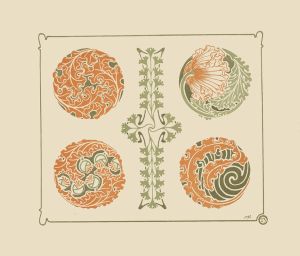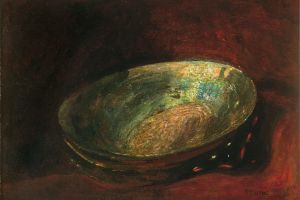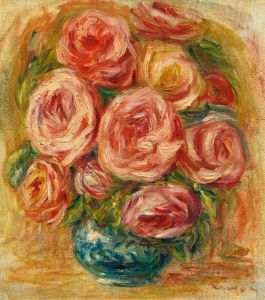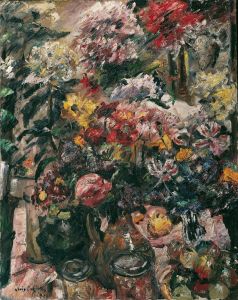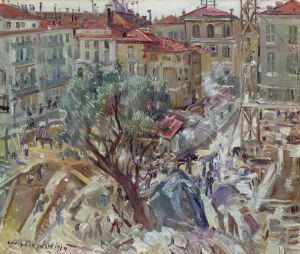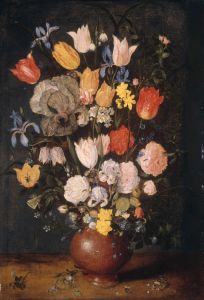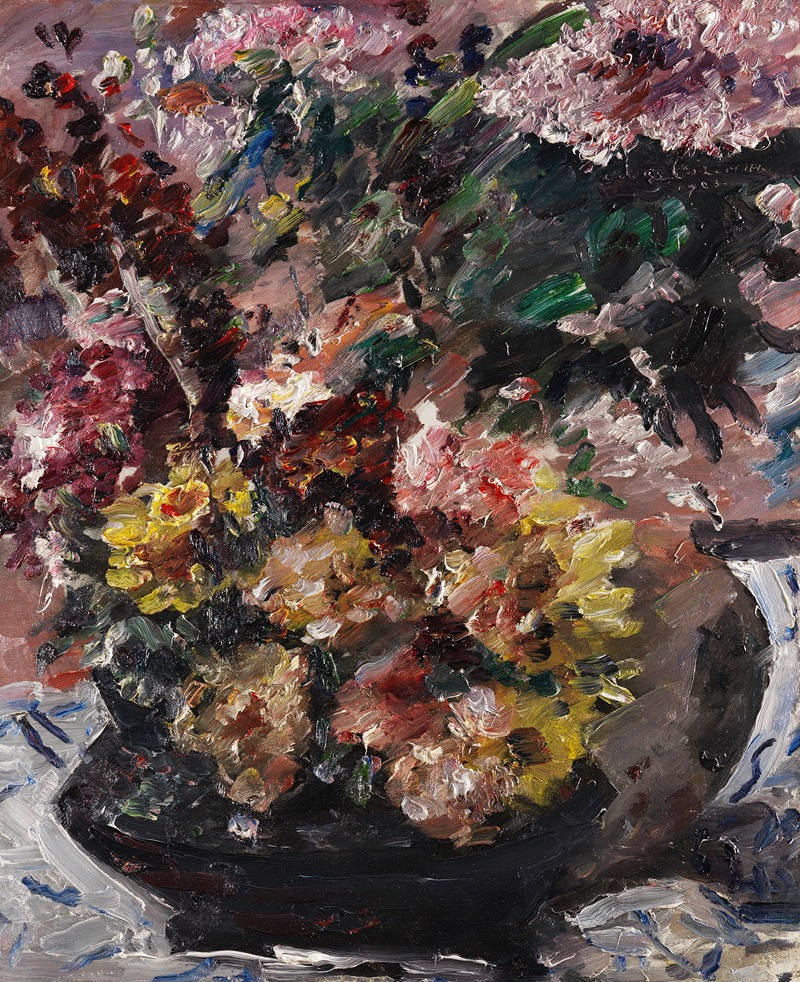
Blumen im Bronzekübel
A hand-painted replica of Lovis Corinth’s masterpiece Blumen im Bronzekübel, meticulously crafted by professional artists to capture the true essence of the original. Each piece is created with museum-quality canvas and rare mineral pigments, carefully painted by experienced artists with delicate brushstrokes and rich, layered colors to perfectly recreate the texture of the original artwork. Unlike machine-printed reproductions, this hand-painted version brings the painting to life, infused with the artist’s emotions and skill in every stroke. Whether for personal collection or home decoration, it instantly elevates the artistic atmosphere of any space.
Lovis Corinth's painting Blumen im Bronzekübel (translated as Flowers in a Bronze Tub) is a notable work by the German Impressionist and Expressionist painter. Corinth, born in 1858 and active until his death in 1925, was a prominent figure in the transition from traditional academic painting to modernist styles in Germany. His works often combined elements of realism with expressive brushwork and vibrant color palettes, reflecting his unique position between Impressionism and Expressionism.
Blumen im Bronzekübel is a still life painting that exemplifies Corinth's mastery in portraying floral arrangements. The artwork features a collection of flowers placed in a bronze container, rendered with dynamic and textured brushstrokes. The composition is characterized by its rich, vivid colors and the interplay of light and shadow, which bring a sense of vitality and movement to the otherwise static subject matter. Corinth's ability to capture the ephemeral beauty of flowers while imbuing the scene with emotional depth is a hallmark of his still life paintings.
The exact date of creation for Blumen im Bronzekübel is not widely documented, but it is consistent with Corinth's broader body of work, which often explored themes of nature, domestic interiors, and the fleeting nature of life. Still life painting was a recurring genre for Corinth, particularly in his later years, when he increasingly focused on intimate and personal subjects following a stroke in 1911 that partially paralyzed his left side. Despite this physical setback, Corinth adapted his technique and continued to produce works with remarkable energy and expressiveness.
The painting reflects Corinth's interest in the materiality of objects and his skill in depicting textures, such as the metallic sheen of the bronze tub and the delicate petals of the flowers. His use of bold, loose brushstrokes and a vibrant color palette aligns with the stylistic tendencies of late Impressionism and early Expressionism, movements that influenced his artistic development.
Blumen im Bronzekübel is part of Corinth's extensive oeuvre, which includes portraits, landscapes, historical scenes, and still lifes. His works are held in major art collections and museums worldwide, though specific details about the current location or ownership of this particular painting are not readily available in public records.
Lovis Corinth remains a significant figure in the history of modern art, and Blumen im Bronzekübel serves as a testament to his ability to merge technical skill with emotional resonance in his exploration of everyday subjects.







